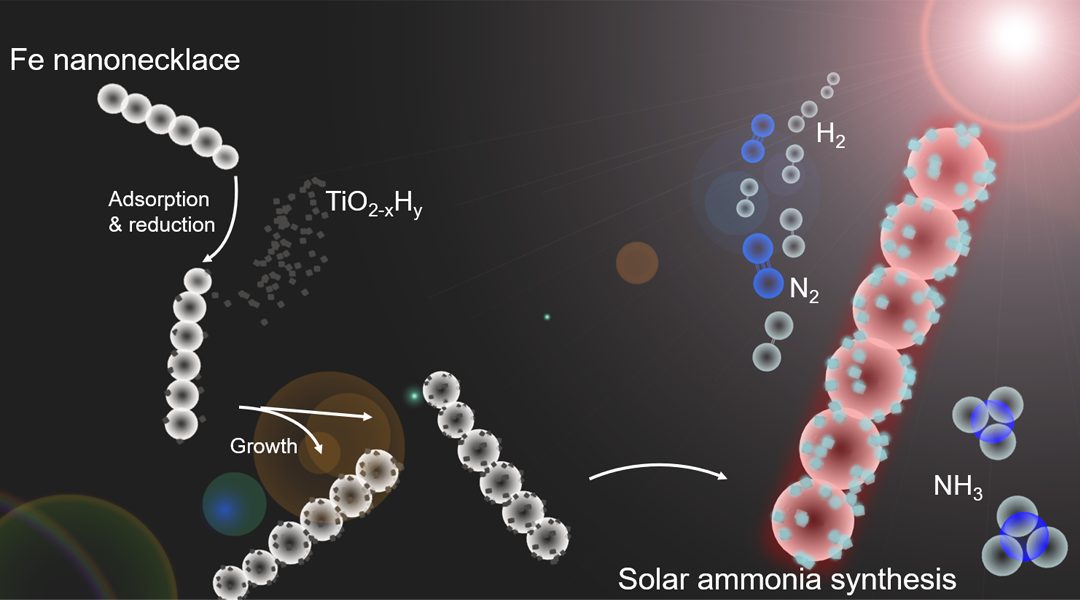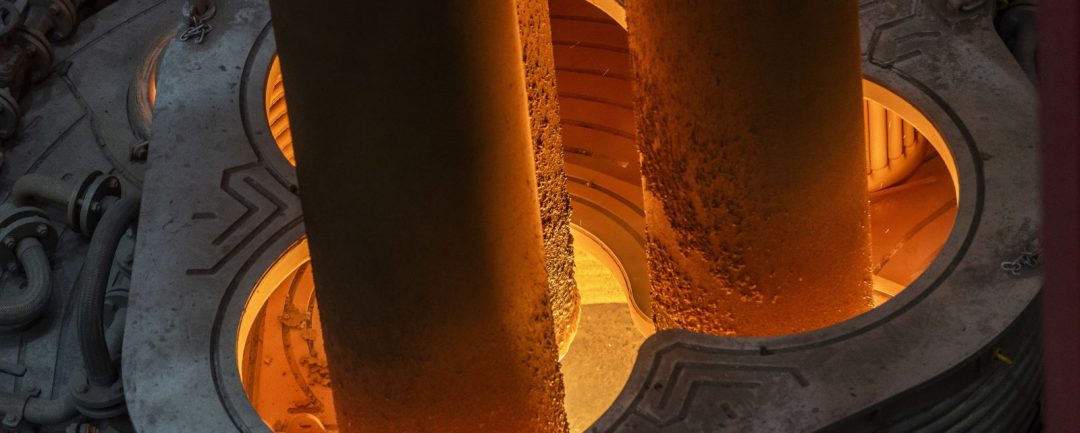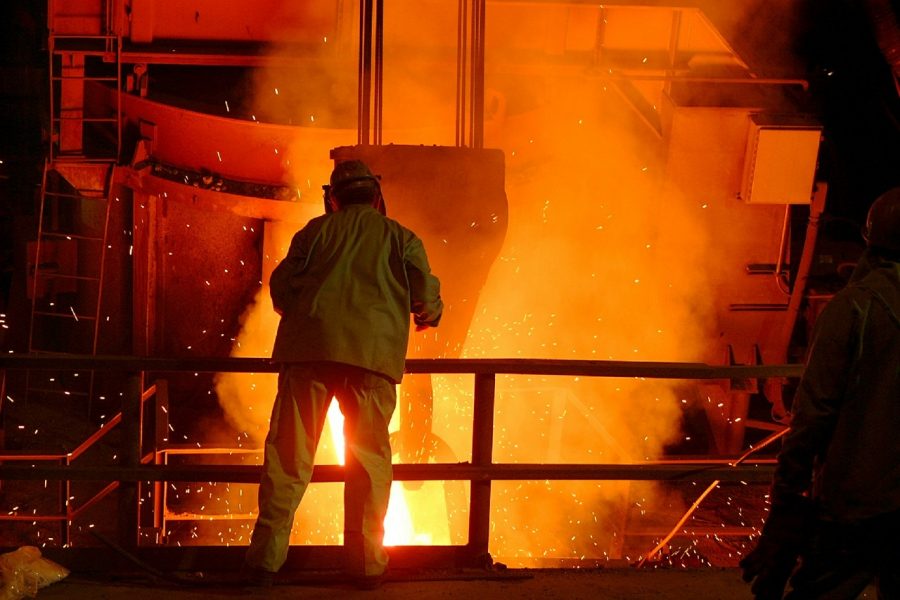Nano-silicon is an attractive tool in the field of environmental remediation, specifically when it comes to cleaning up oil spills from underwater drilling and hydraulic fracking.


Nano-silicon is an attractive tool in the field of environmental remediation, specifically when it comes to cleaning up oil spills from underwater drilling and hydraulic fracking.

In honor of Advanced Science’s 5th Anniversary, Professor Geoffrey Ozin opens up about his 50 years in materials chemistry, his love of art and communicating science, as well as future research directions.

A new photocatalyst is revolutionizing a time-old reaction, addressing how light can influence not just the kinetics of chemical reactions, but their thermodynamic equilibria.

Could increasing the world’s whale population help sequester carbon dioxide to fight climate change?

A new electrochemical reactor could be the solution to emissionless cement production.

Steel manufacturer, Thyssenkrupp, is using state-of-the-art technologies to meet goals set at the 2015 Paris climate conference.

Canada invests in technologies that can help realize its economic and environmental goals, while providing low carbon fuels to consumers.

Researchers propose using air-conditioning and ventilation systems for decentralized production of carbon-neutral synthetic fuels.

Orange peels for water purification – a zesty new approach.

A techno-economic analysis for six different carbon dioxide emission reduction scenarios in steel manufacturing, using a steel mill located in Duisburg, Germany as an example, are reported.